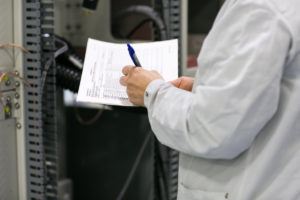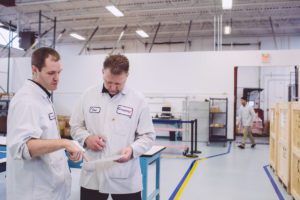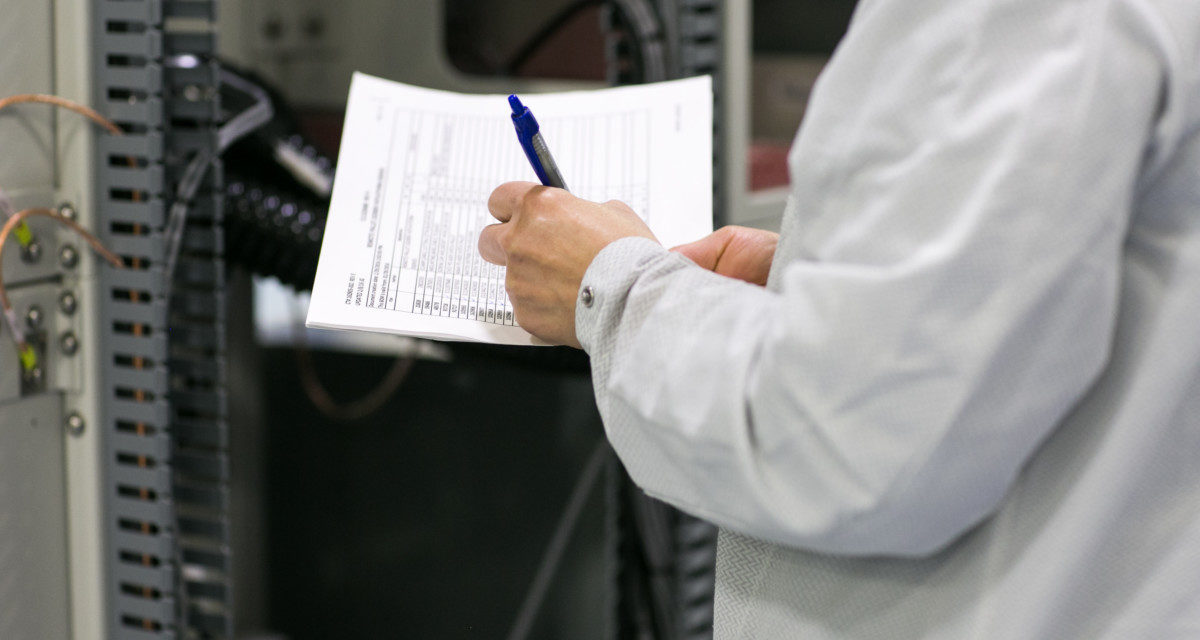By Chad Graham, Electrical Engineering Manager
At the beginning of every project, be it big or small, there are always two questions that come up and dominate the discussion: “How long will it take?” and “How much will it cost?” This is a great approach for most programs, since time-to-market and minimized costs are cornerstones for any successful product, but not for medical devices. For medical devices, there is a very important third question that is often trivialized to the detriment of the project: “What about certification?”
 Certification is one of those things that everyone knows about, but few really understand. For most people, standard certification names such as “IEC 60601-1-2” (1) and “510(k)” (2) are akin to a foreign language. Even those that have been in the medical industry for a long time often struggle with certification nuances of different classes and sometimes forget that something as trivial as the difference between a medical device being used in a hospital (Professional Healthcare) and being used at home (Home Healthcare) can significantly affect the certification effort. This, in addition to the general complexity of the certification process itself, tends to cause programs to minimize the certification efforts…and to overlook its associated risks.
Certification is one of those things that everyone knows about, but few really understand. For most people, standard certification names such as “IEC 60601-1-2” (1) and “510(k)” (2) are akin to a foreign language. Even those that have been in the medical industry for a long time often struggle with certification nuances of different classes and sometimes forget that something as trivial as the difference between a medical device being used in a hospital (Professional Healthcare) and being used at home (Home Healthcare) can significantly affect the certification effort. This, in addition to the general complexity of the certification process itself, tends to cause programs to minimize the certification efforts…and to overlook its associated risks.
One of the most dangerous pitfalls project teams fail to see is the need to pre-test the design. It is not uncommon for the entire design to be completed and functionally tested, only to have it fail during certification testing. By simply adding some time to the schedule to perform simple certification pre-testing, such as EMI sniffing or water ingress testing, a project can often save both time and money by avoiding a costly failure at a Nationally Recognized Test Laboratory (NRTL) (3).
 Another hazard projects often overlook is the need to pre-check the design for compliance. It is not uncommon to see a design forced to go through an additional design iteration to fix something that was rejected by certification. Having a certification expert, or a design team such as the Cogmedix DFcx™ (Design for Compliance and eXcellence) engineering team, review the design prior to testing can help avoid a rejection and will often accelerate the compliance process.
Another hazard projects often overlook is the need to pre-check the design for compliance. It is not uncommon to see a design forced to go through an additional design iteration to fix something that was rejected by certification. Having a certification expert, or a design team such as the Cogmedix DFcx™ (Design for Compliance and eXcellence) engineering team, review the design prior to testing can help avoid a rejection and will often accelerate the compliance process.
Device certification is a complex requirement for all medical devices, but it does not have to be a risky, or expensive, process. For a medical device, certification is all about minimizing risk to the product, the user, the use environment and, most importantly, the patient. When the project team keeps these principles in mind during the design phase, and practice consistent pre-testing and pre-checking, then costly failures or delays can often be prevented. Cogmedix is proud to offer a full suite of medical device product development and manufacturing services, always keeping compliance at the forefront.
1. IEC Webstore. 2018. IEC 60601-1-2:2014
[ONLINE] Available at: https://webstore.iec.ch/publication/2590
[Accessed 27 February 2018].
2. US Food & Drug Administration. 2018. Premarket Notification 510(k)
[ONLINE] Available at: https://www.fda.gov/MedicalDevices/DeviceRegulationandGuidance/HowtoMarketYourDevice/PremarketSubmissions/PremarketNotification510k/default.htm
[Accessed 27 February 2018].
3. United Stated Department of Labor. 2018. What Is An “NRTL” and What Is Its Role?
[ONLINE] Available at: https://www.osha.gov/dts/otpca/nrtl/
[Accessed 27 January 2018].


 Contact Cogmedix today to discuss your organization's needs and aspirations. Cogmedix can help you grow, thrive and profit.
Contact Cogmedix today to discuss your organization's needs and aspirations. Cogmedix can help you grow, thrive and profit.